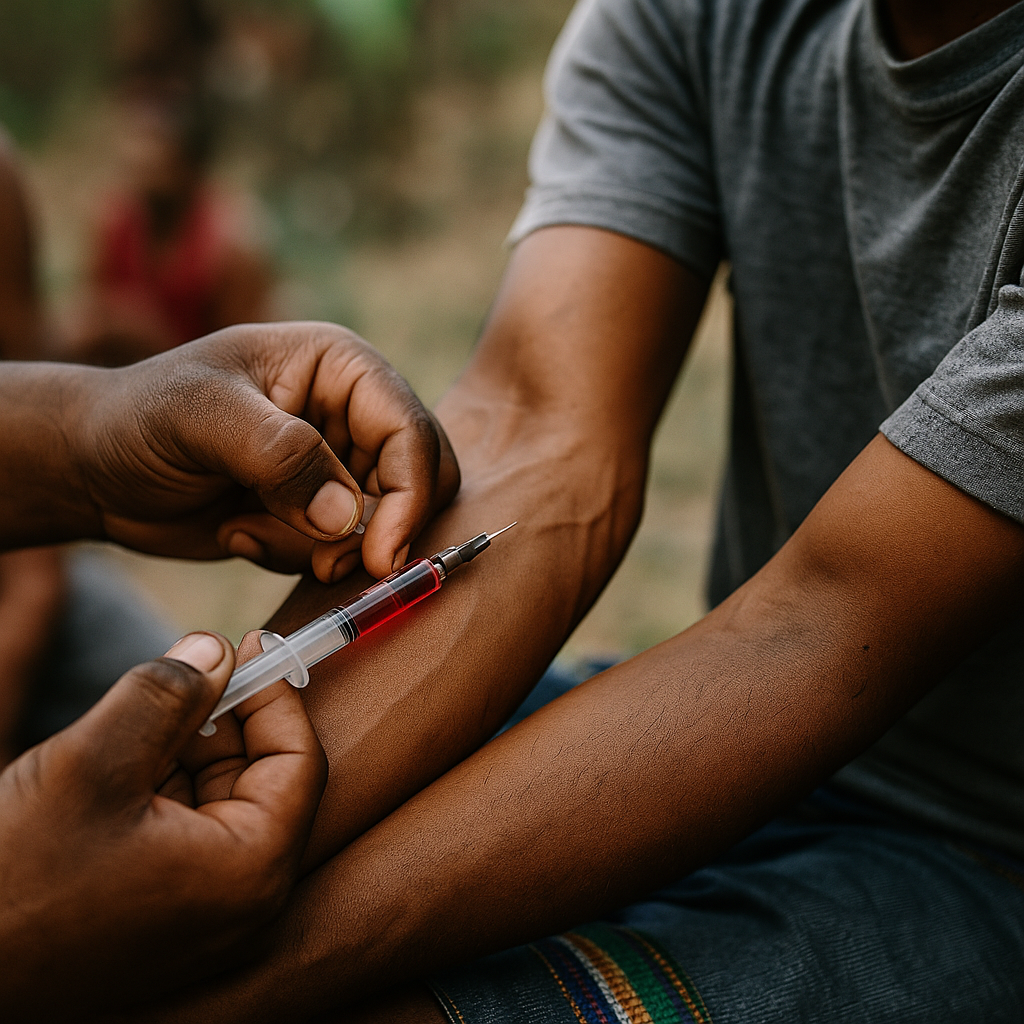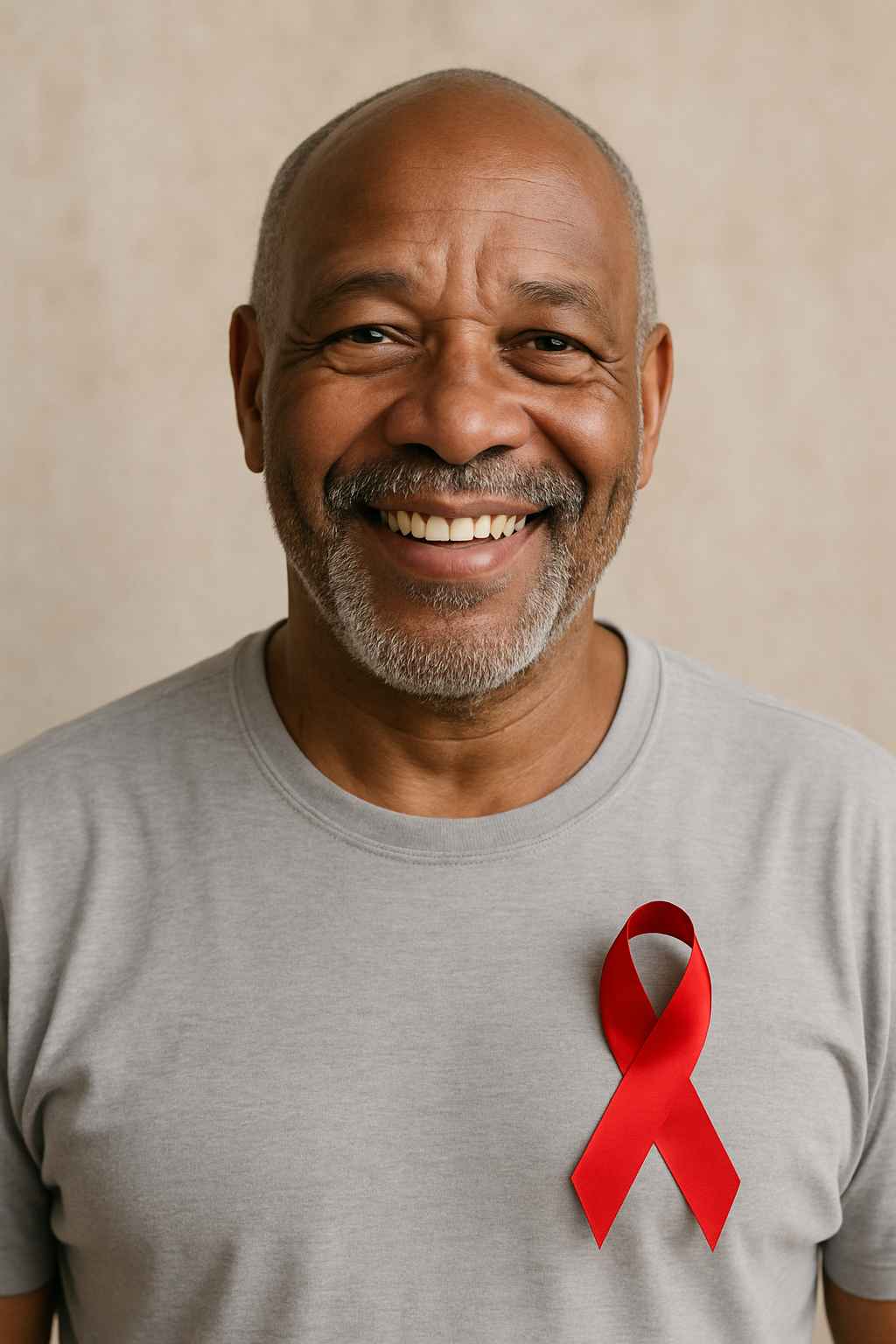
Introduction
What if your biggest challenge wasn’t the virus, but how people treat you because of it? For many, that’s the daily reality of living with HIV. Despite advances in medicine and decades of education, HIV stigmas remain a powerful barrier to care, support, and acceptance. These stigmas go beyond misinformation; they affect mental health, relationships, and access to services.
In this article, we take an honest look at the real-world impact of HIV stigmas. From subtle prejudice to outright discrimination, these attitudes are still deeply rooted in society. Understanding their origins and learning how to combat them is essential for creating safer, healthier communities.
Table of Contents
- What Are HIV Stigmas?
- How Stigma Affects Mental and Physical Health
- Breaking Barriers: Education and Awareness
- Building a Stigma-Free Future
What Are HIV Stigmas?
HIV stigmas are negative beliefs, attitudes, and actions directed toward people living with HIV. These beliefs often stem from outdated notions that HIV is only associated with certain behaviors or groups, such as the LGBTQ+ community, people who use drugs, or those with multiple sexual partners.
In reality, HIV can affect anyone, regardless of background or lifestyle. Still, many people assume those with HIV have done something “wrong,” which fosters shame and silence. Stigma can also show up in the form of ignorance—like avoiding someone who is HIV-positive out of fear of casual transmission, even though HIV cannot be spread through hugging, sharing food, or using the same bathroom.
Sadly, stigma also exists in healthcare settings. Some patients report being treated differently or receiving subpar care after disclosing their status. These experiences discourage people from seeking help or even getting tested in the first place.
How Stigma Affects Mental and Physical Health
HIV is no longer the death sentence it once was. With antiretroviral therapy (ART), people living with HIV can enjoy long, healthy lives. However, the emotional weight of stigma can take a devastating toll. Stress, isolation, and internalized shame can lead to anxiety, depression, and even suicidal thoughts.
Research has shown that individuals who experience HIV stigmas are less likely to adhere to their medication regimen. This can result in higher viral loads, increased risk of transmission, and reduced quality of life. In this way, stigma not only affects how someone feels—it affects their actual health.
Young people, in particular, are vulnerable. Adolescents and young adults with HIV may hide their diagnosis out of fear of rejection. This often leads to missed appointments or skipped doses of medication. Online bullying and social media judgment further amplify these challenges.
Stigma can also affect family dynamics. Some parents may fear letting others know about their child’s HIV status. Others may struggle with guilt or blame. These emotional struggles can lead to secrecy and a lack of openness that only worsens isolation.
Helpful support resources are available through forums such as Health.HealingWell.com, where patients and caregivers share experiences and coping strategies.
Breaking Barriers: Education and Awareness
Reducing HIV stigmas starts with knowledge. Many people still hold outdated beliefs about how HIV is transmitted and what it means to live with the virus. Educational programs in schools, workplaces, and community centers can help shift the conversation from fear to facts.
Undetectable = Untransmittable (U=U) is one of the most powerful messages in modern HIV education. People with HIV who maintain an undetectable viral load through ART cannot transmit the virus sexually. This science-backed message has transformed the understanding of HIV and reduced fear among both patients and partners.
In addition, media representation plays a huge role. Positive portrayals of people living with HIV in films, TV shows, and social media campaigns can challenge harmful stereotypes. Public figures who share their diagnosis openly also help reduce stigma by putting a human face on the condition.
Language matters too. Avoiding terms like “HIV victim” or “AIDS patient” and using “person living with HIV” can make conversations more respectful and person-centered.
Healthcare professionals must also stay informed. Training on cultural competency and stigma reduction should be mandatory. Patients deserve to be treated with dignity, regardless of their health status.
For professional consultations or assistance locating stigma-free care, visit Healthcare.pro to find experienced providers.
Building a Stigma-Free Future
Creating an inclusive future means addressing HIV stigmas on every level—personal, social, and institutional. One important step is encouraging open, judgment-free dialogue. When people feel safe to talk about their status, their chances of living a healthier, happier life improve dramatically.
Support groups, whether in person or online, provide a safe space to process emotions, share experiences, and build community. These groups help people recognize that they are not alone and that others have successfully navigated similar challenges.
Policy change is another key factor. Laws that protect people with HIV from discrimination in employment, housing, and healthcare must be enforced. Anti-stigma campaigns led by health departments and nonprofit organizations can also create broader social awareness.
Parents and educators play a powerful role as well. Teaching young people about HIV from an early age helps prevent the spread of myths and misinformation. It also fosters empathy and compassion for those affected.
Finally, technology has become a tool for positive change. Mobile apps, telehealth platforms, and social media provide new ways to educate, connect, and advocate for people living with HIV.
Conclusion
HIV stigmas may still exist, but they are not unchangeable. By educating ourselves, speaking up, and standing together, we can push back against ignorance and build a future where people living with HIV are treated with the respect and dignity they deserve. The more we replace fear with facts and shame with support, the more we move toward a world where stigma is no longer part of the HIV experience.
Frequently Asked Questions (FAQs)
What are HIV stigmas?
They are negative attitudes, stereotypes, and discriminatory behaviors toward people living with HIV, often based on fear or misinformation.
Can HIV be transmitted through casual contact?
No. HIV cannot be transmitted through touching, hugging, sharing food, or using the same toilet.
How does stigma affect people with HIV?
Stigma can lead to emotional distress, social isolation, delayed treatment, and poorer health outcomes.
How can we reduce HIV stigmas?
Education, respectful language, public advocacy, and accurate media representation are key to reducing stigma.
Where can people with HIV find support?
Resources like Health.HealingWell.com and clinics listed on Healthcare.pro provide information, peer support, and access to compassionate care.
Disclaimer
This content is not medical advice. For any health issues, always consult a healthcare professional. In an emergency, call 911 or your local emergency services.



